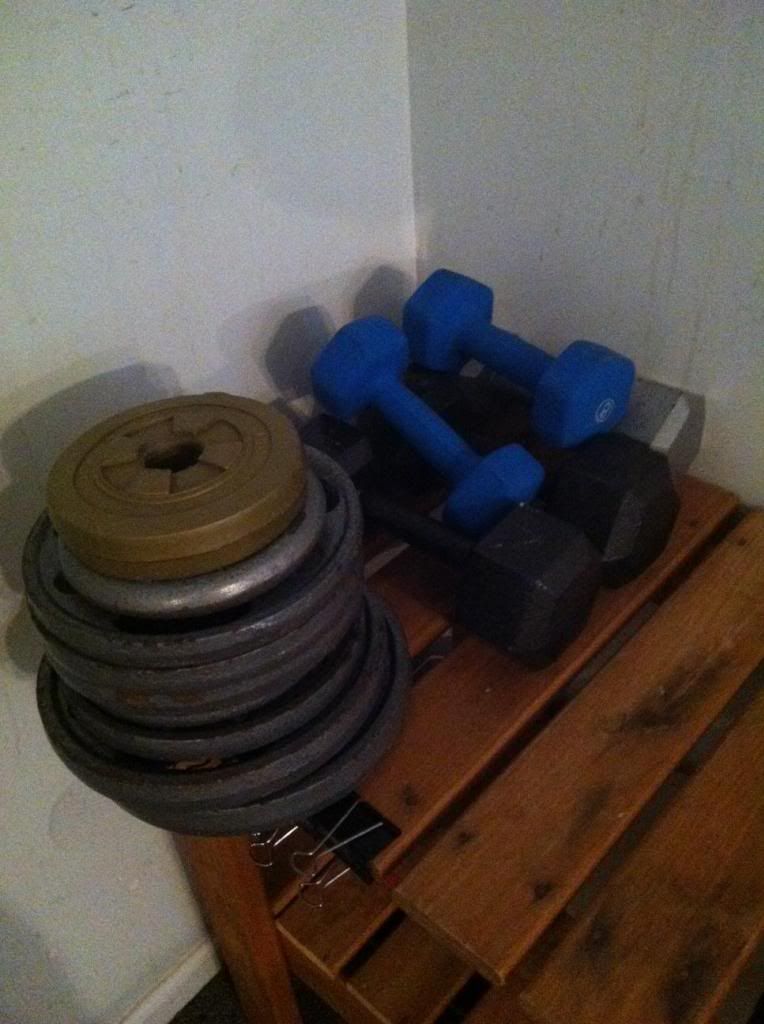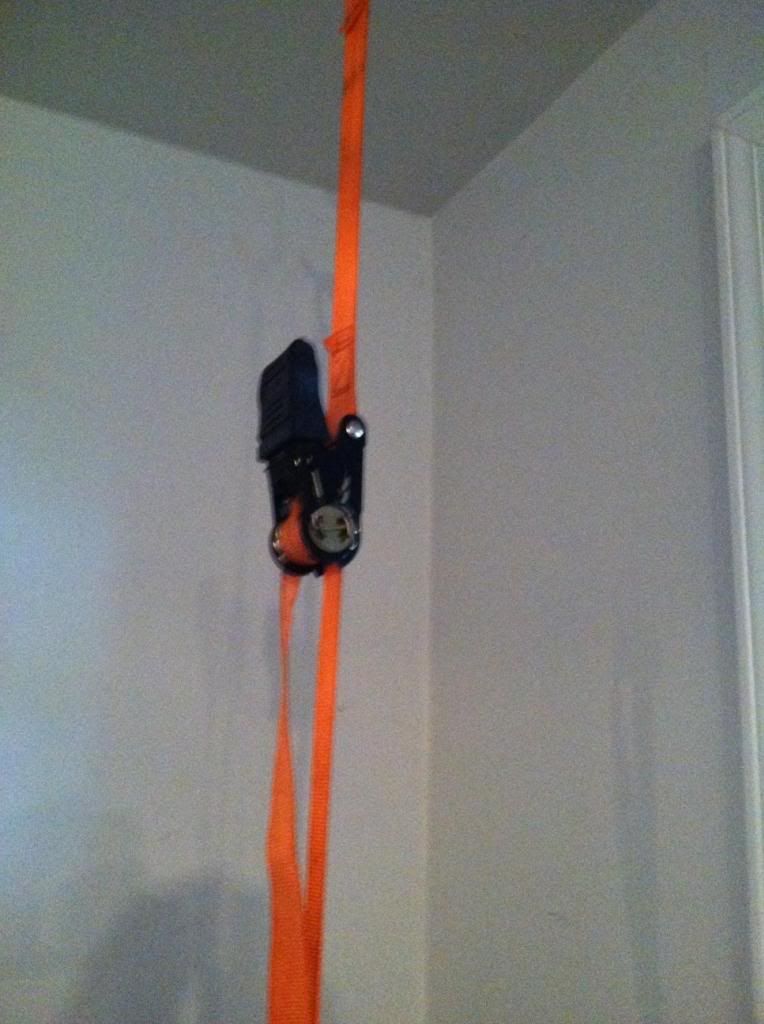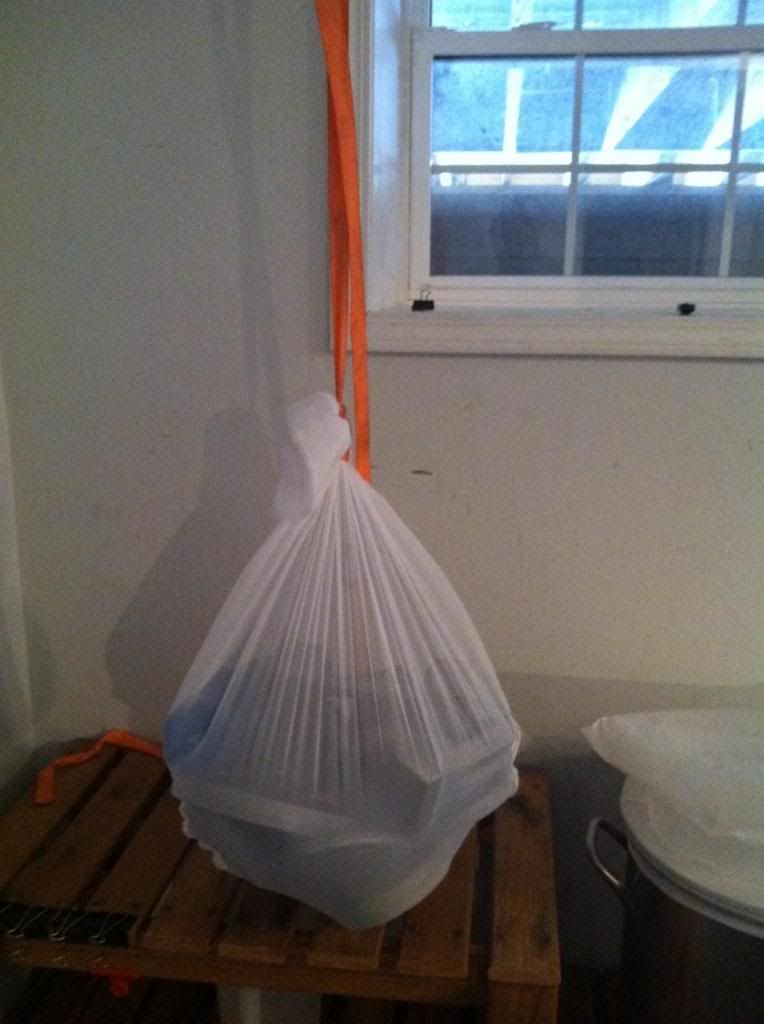I've used BIAB for a while now ( more than 20 batches with the same keggle sized bag) and know the weight capability is good.
For that matter, I know the squeezing capability is good (cuz I'm cheap like that), but what is the max pressure the seams on a bag can handle? I assume the seams are the weak point for this one.
If one had a bag one was willing to sacrifice, wring out the grains post-mash as you normally would and weigh the bag/damp grain. Figure out how much water remains in the grains from that.
Once the boil is going and you're now bored, lay out a tarp under your wringing setup and give it another go (until failure). Trick will be how to collect the liquids so you know how much more you've extracted without adding grain back in when the bag fails..... Totally an overcomable obstacle.
Bonus is to compare a) how dry you normally get the grains, and b) how dry you *could* get them if you went to extremes.
This could also be a bit of a selling point for the bags: I know a lot of people are afraid of wringing the grains, but I want data to prove out why I shouldn't wring harder before I can buy into it. (My dad's a professor and statistician; I grew up to the phrase, "Show me the data," whenever I had some statement to make.)









